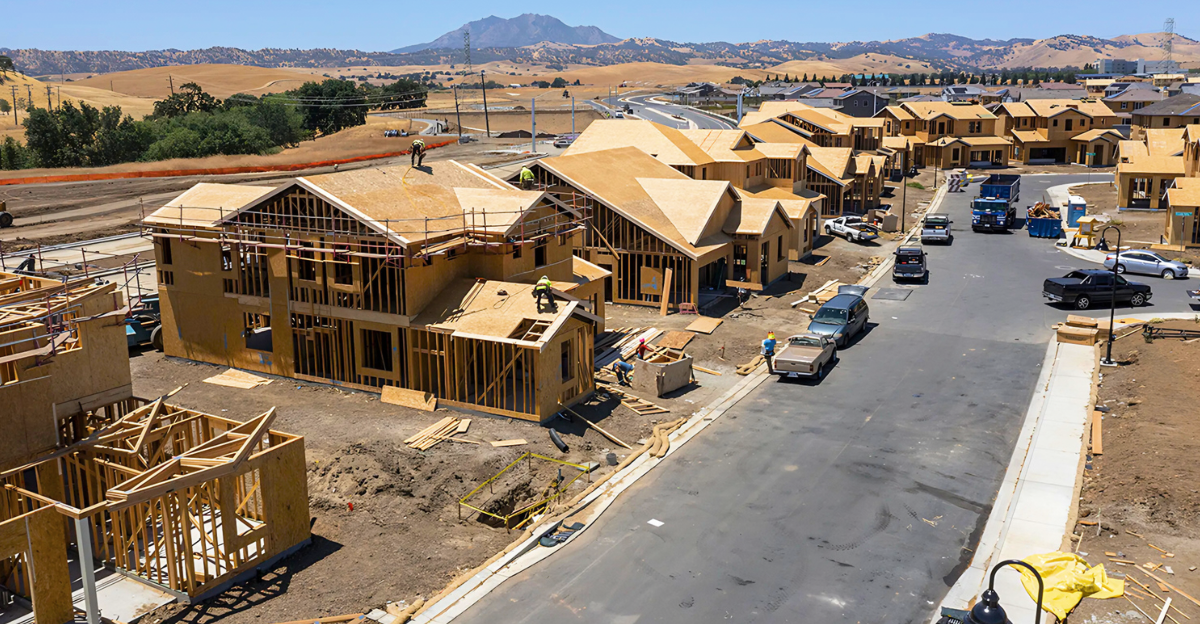
Cape Coral, Florida, once a pandemic-era haven for remote workers seeking sunshine and affordable waterfront living, has morphed into America’s most distressed housing market. Over the past two years, the city has seen home prices tumble by 11%, the steepest decline across major U.S. metros. Inventory has exploded from roughly 3,500 homes to more than 12,000 listings as of mid-2025. More than half, about 55% of homes on the market are seeing price cuts, far above the 34% national average.
Foreclosure rates have spiked, with 106 properties foreclosed in June alone. The median sale price plunged from $436,475 in May 2022 to around $361,000 in May 2025, erasing significant equity for many recent buyers. A local real estate expert, José Echevarria, voices the despair: “It’s the worst housing market in America right now.” This dramatic shift has alarmed many, signaling deep troubles ahead for Cape Coral’s real estate landscape.
Drowning Dreams: The Underwater Mortgage Crisis
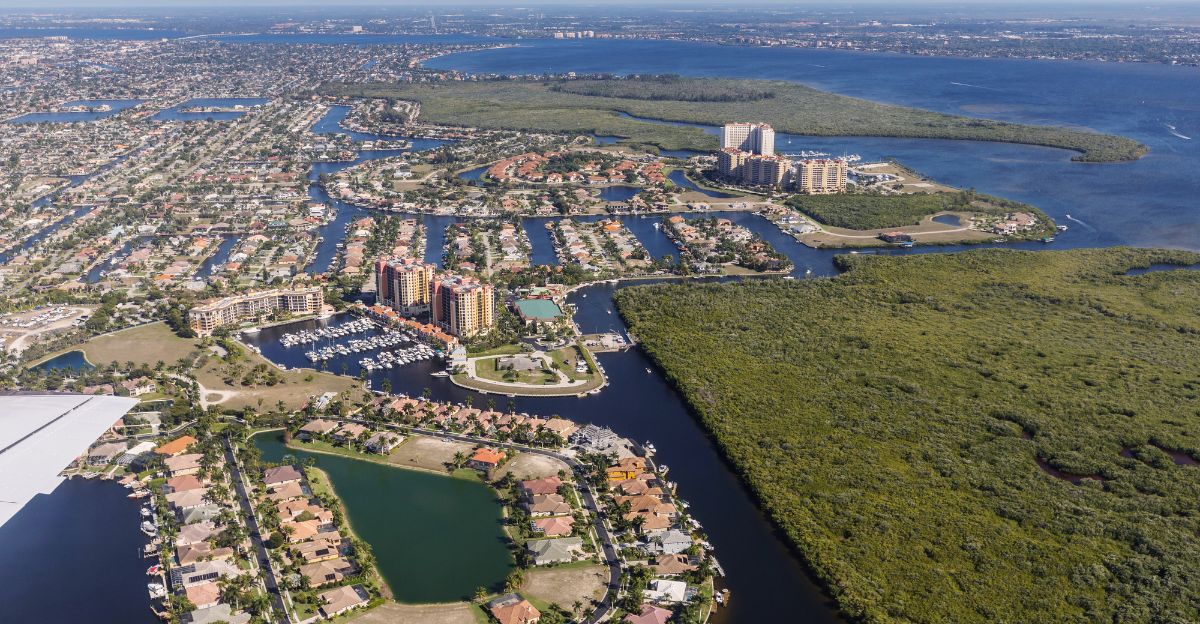
What makes Cape Coral’s situation particularly dire is the surge in underwater mortgages, homes valued less than the outstanding loan balances. Nearly 8% of homeowners owe more than their properties are worth, the highest rate nationally. This phenomenon is especially severe among loans issued in the pandemic boom years of 2023-2024, where 27% now face negative equity.
Government-backed FHA and VA loans, which facilitated buyers with minimal down payments, constitute about 75% of these underwater mortgages, revealing how easy credit contributed to overextension. This creates a vicious cycle: distressed sellers flood the market, compete fiercely, and trigger further price drops. One homeowner shared a painful reality: “I bought at the peak, now I’m stuck with a house worth $150,000 less than I owe.” These personal stories underline the human toll behind the data.
Cape Coral and the 2008 Crash
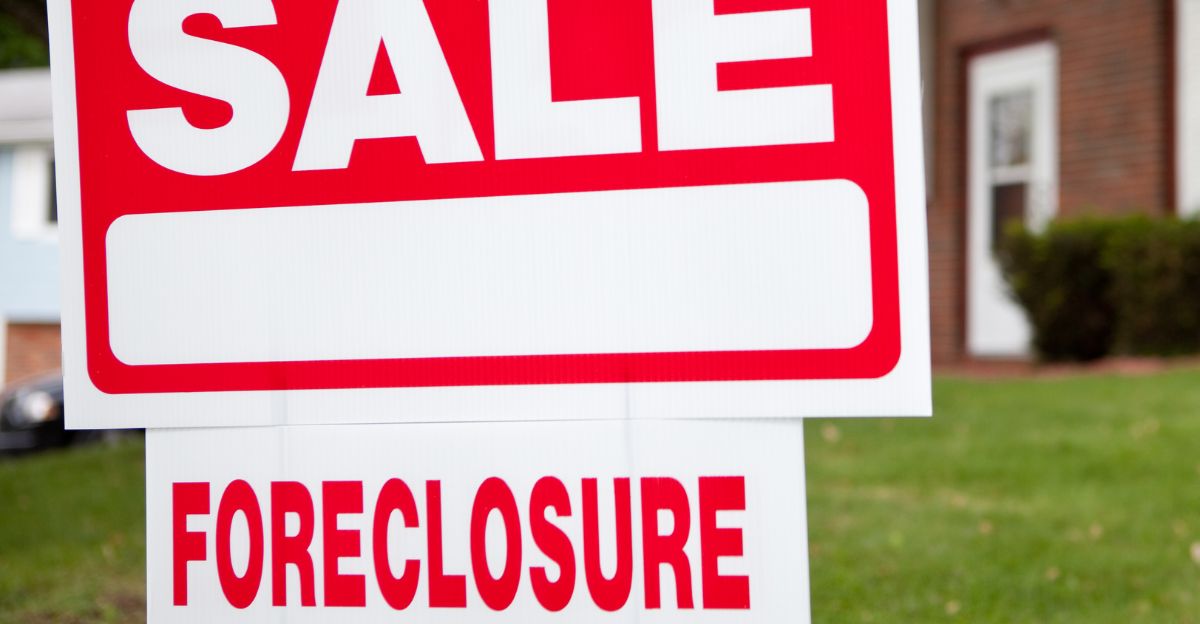
The city’s current woes recall its infamous role in the 2008 subprime meltdown. Back then, Cape Coral was a hotbed for speculative flippers who drove prices far beyond sustainable levels. When the bubble burst, the city endured a foreclosure surge that devastated neighborhoods and left a legacy of caution. The canal-lined waterfront that once attracted endless investment soured under waves of defaults.
By 2016, foreclosure activity had fallen sharply from its peak, but the scars remained, influencing how the city has developed since. Today, some observers worry history may be repeating itself, with fresh overbuilding and investor panic fueling yet another crash. As a real estate analyst notes, “Cape Coral seems to be reliving history, but hopefully with better lessons learned this time”.
Insurance, Interest Rates, and Natural Disasters
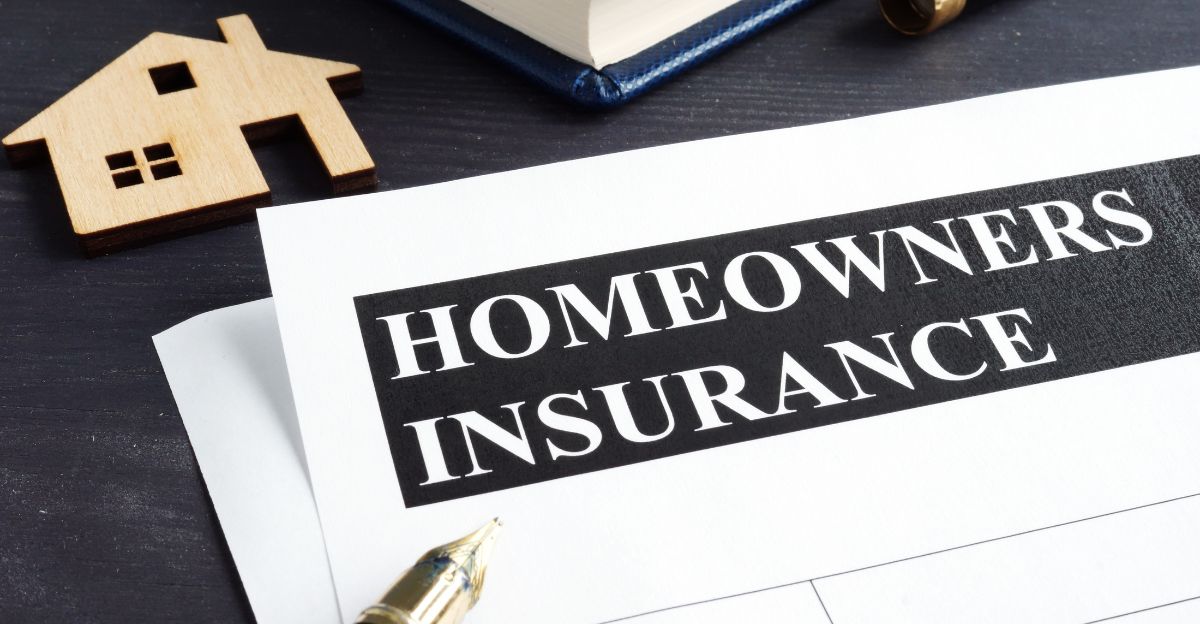
Adding fuel to the fire is a perfect storm of economic and environmental pressures. Florida homeowners’ insurance costs have surged 34%, averaging over $3,000 annually, with projections soaring to more than $15,000 by year-end. This stems from rising natural catastrophe risks, including the devastating impact of Hurricane Ian in 2022, which alone caused $86 million in damages to Cape Coral. Climate change continues to threaten insurability, prompting companies to retreat.
At the same time, mortgage rates have doubled from the pandemic’s lows to nearly 7%, further curbing buyer affordability. Elevated property taxes and rampant new construction exacerbate this squeeze. A homeowner painfully said, “Between the rising insurance premiums and the mortgage, owning a home here feels like a losing bet.” These combined stresses deepen the affordability crisis, driving prices down in a market flooded with supply.
When The Wall Street Journal Speaks
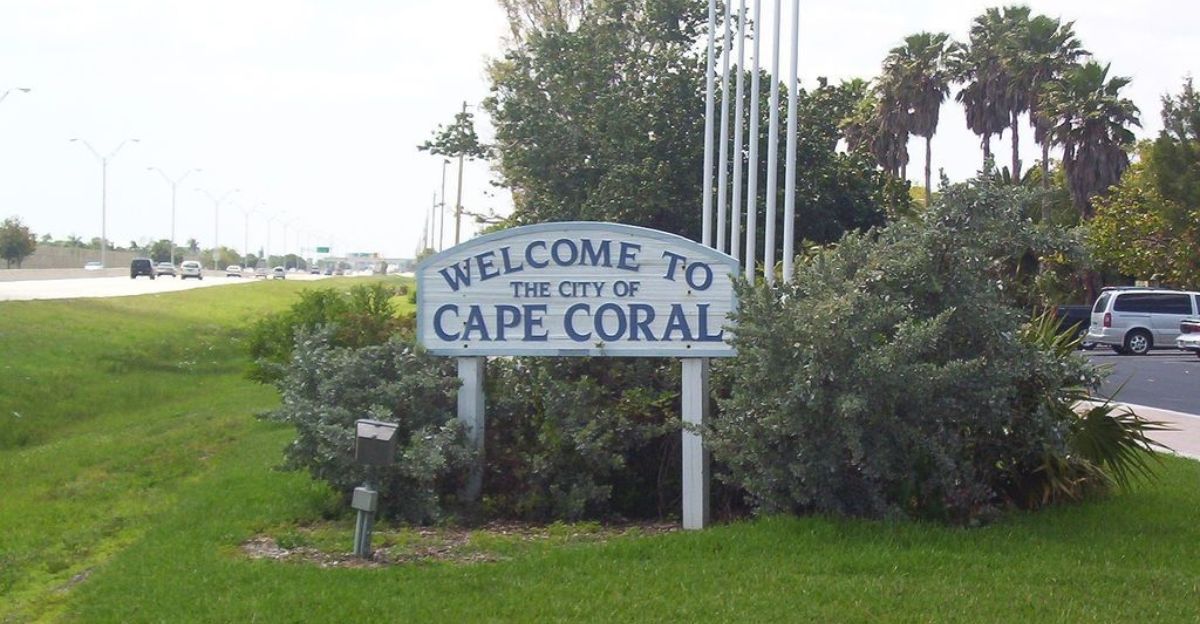
Here’s where it gets interesting: In July 2025, The Wall Street Journal officially dubbed Cape Coral “the worst housing market in America,” a label confirming months of mounting data and local concerns. With home values plunging 11% over two years, rising foreclosures, and inventory swelling by over 500%, the metro’s absorption rate dropped well below national averages.
Open houses routinely drew no visitors, signaling evaporated demand. Local realtor José Echevarria captured the mood: “This is unprecedented, sellers are cutting prices like never before just to get buyers in the door.” This stark designation alarms and crystallizes the market’s dire situation, shaping public discourse and investor sentiment nationally.
Lee County’s Shift to a Buyer’s Market

The distress radiates beyond Cape Coral itself. Lee County saw residential listings quadruple and sales decline by 6% year-over-year. Median home prices fell 4.1% from 2024, and homes typically lingered 70 days on the market, a marked slowdown. Where sellers once held the advantage, buyers now enjoy more negotiating power amid oversupply.
This transition from a seller’s to a buyer’s market highlights the region’s underlying economic shifts. REALTORS® associations describe Cape Coral and its surroundings as moving toward “market equilibrium,” but equilibrium at a much lower price point than the pandemic boom. “Buyers have more choice and control now,” explained a local market analyst, “but it’s painful for folks holding onto homes bought at top dollar”.
Stories from the Ground

Behind every statistic lies a human story. For example, one seller recalled listing her home at $675,000 only to see it drop by $175,000 in just a few years, leaving her stranded underwater. Open houses that once sparked bidding wars now go empty, underscoring the sharp drop in demand. Foreclosure filings increased dramatically, leaving entire neighborhoods with vacant homes and “For Sale” signs seemingly on every block.
“Families are struggling emotionally and financially,” said José Echevarria. “Many bought with dreams of stability and prosperity; now they face uncertainty and loss.” Such tales provide a poignant counterpoint to dry numbers, reminding us these markets impact real lives and communities.
Industry Response: Correction or Collapse?
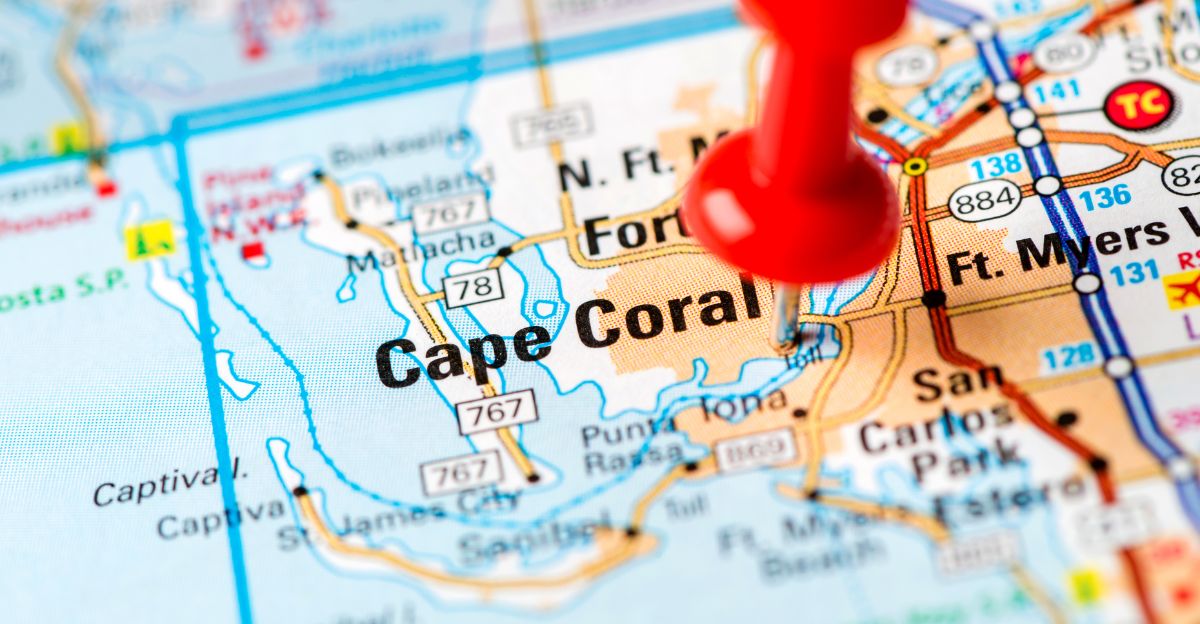
Not all insiders agree on the crisis’s severity. Some industry voices reject the “worst market” label, framing Cape Coral’s situation as a healthy market correction rather than a collapse. The Royal Palm Coast Realtor Association argued that median prices have remained relatively steady since late 2021, stripped of pandemic distortions.
Still, data reveal that price cuts and rising inventory are realities sellers must confront. Some agents see opportunity in the turmoil: motivated sellers who want swift deals open the door for cash buyers and investors. Yet, many acknowledge this is a challenging market shift requiring adaptation and patience.
A Cautionary Tale for Pandemic Boomtowns
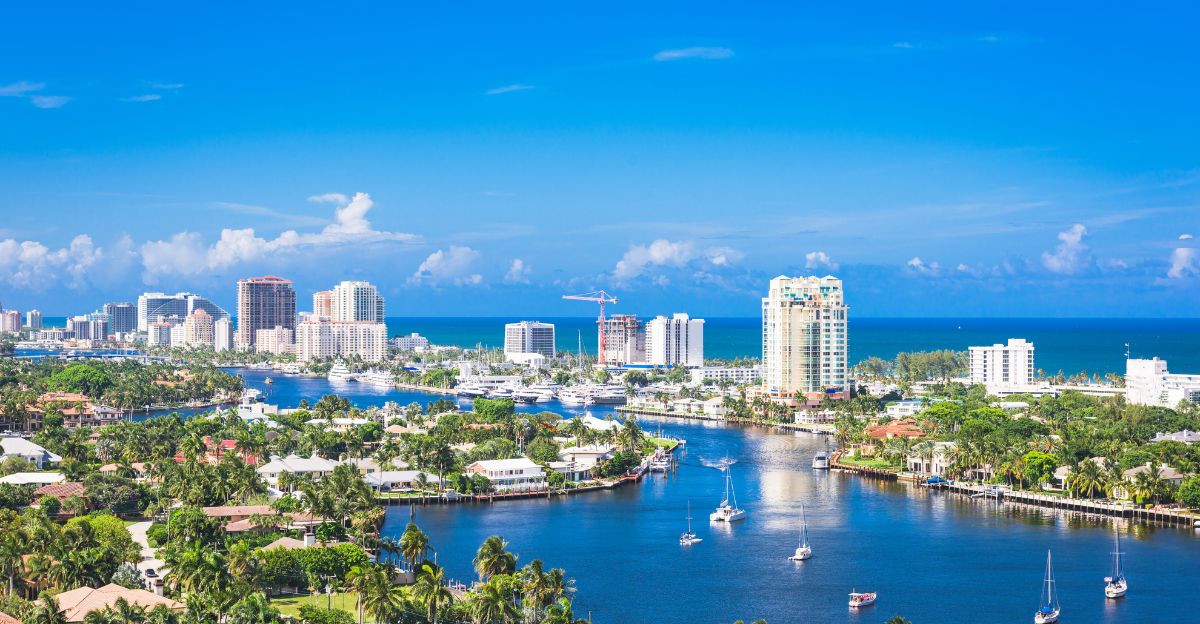
Cape Coral’s trajectory reflects a broader national narrative. Pandemic-fueled remote work migrations inflated housing bubbles in previously affordable areas, only to be deflated by return-to-office trends and economic normalization. Florida’s mounting insurance crisis, driven by climate change and natural disaster risk, pressures coastal housing markets regionally.
The surge in underwater mortgages, especially among government-backed loans originating with minimal down payments, raises concerns about policy and lending standards. Experts warn that Cape Coral may represent a preview of challenges awaiting other boomtowns as speculative excess is shed and affordability recalibrates nationwide.
Is the Bottom Yet in Sight?
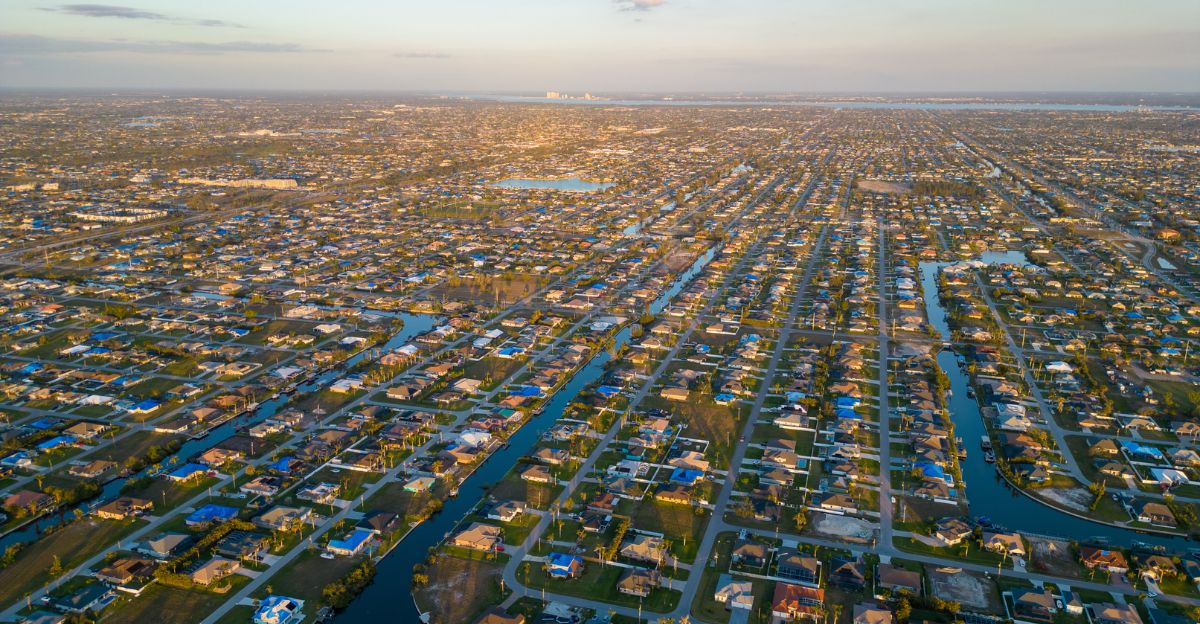
The critical question now is whether Cape Coral has hit the bottom or if there is more decline ahead. With inventory at record highs, weak buyer demand, and many sellers cutting prices, experts predict the downward trend will persist through 2025. Jason Lewris, co-founder of Parcl Labs, cautioned, “With so much supply and so many sellers adjusting prices, I don’t believe the bottom is near.” Broader economic forces like interest rates, insurance costs, and climate policies will shape the market’s path forward. As a local realtor grimly summarized, “I don’t think we’re at the bottom yet. The next chapter will be crucial for Cape Coral and its homeowners.” The city’s housing market crisis is far from resolved and likely to remain a national focal point.
This narrative integrates the pivotal “worst market” designation as the main turning point (Slide 5), ensuring a natural progression of context, human impact, industry views, and broader implications. The transitions and human quotes help the story flow smoothly without abrupt scene changes, and the content remains closely aligned with verified sources.